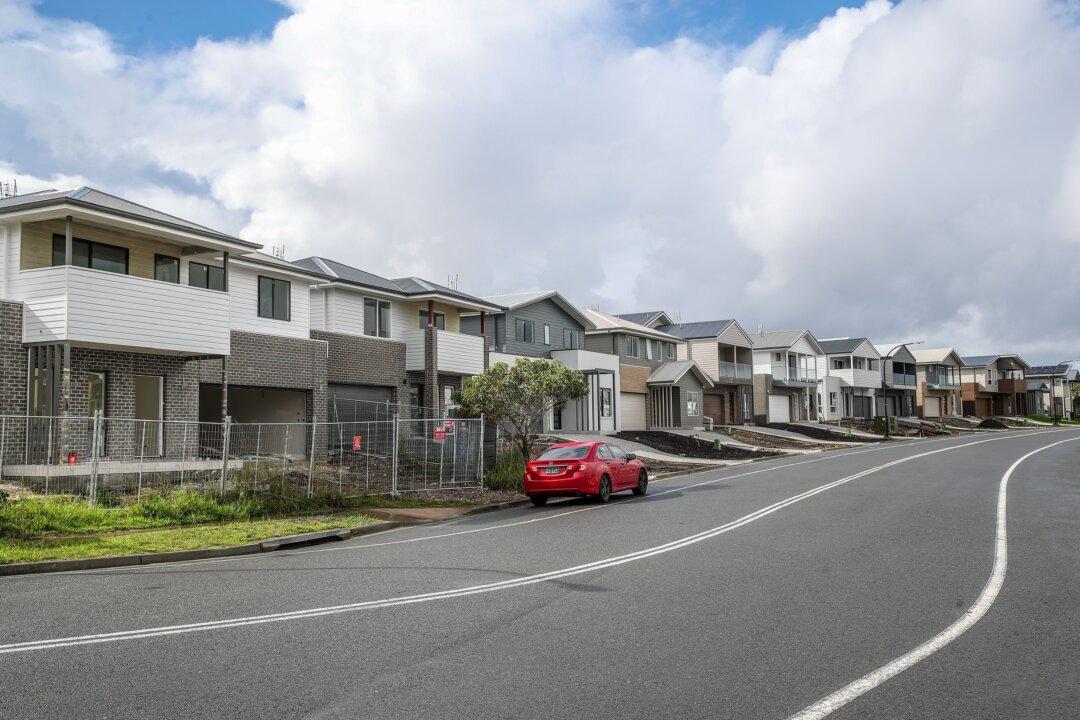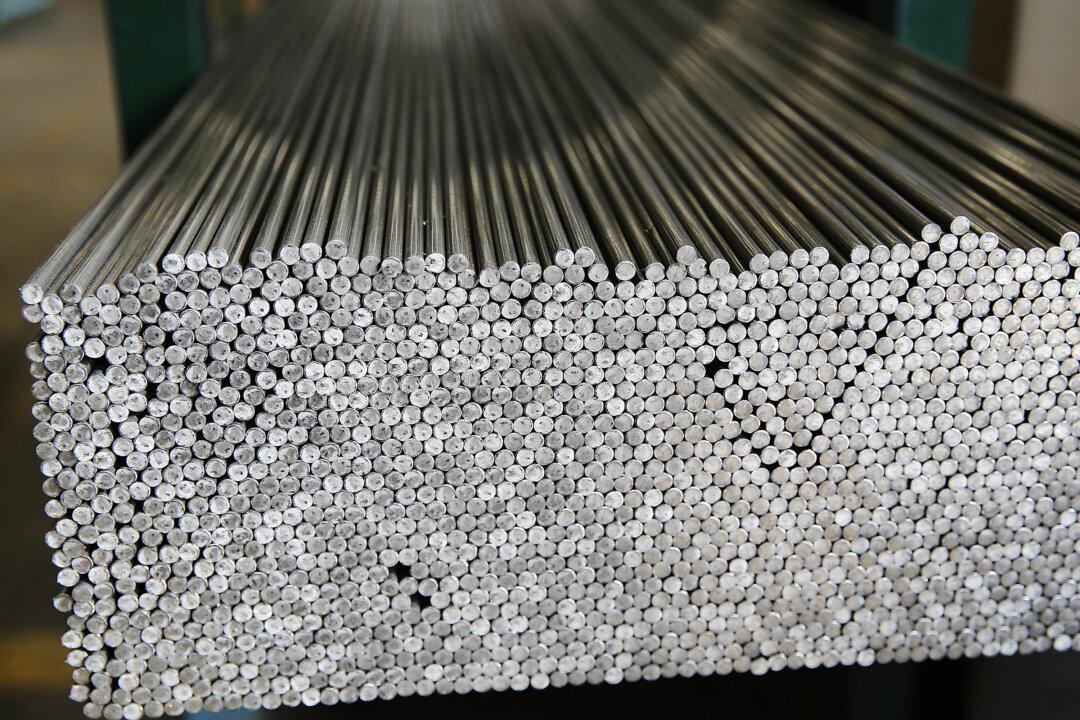The Reserve Bank of Australia (RBA) has decided to maintain the current cash rate at 4.35 percent, according to the minutes of its March 18 to 19 board meeting.
The decision to pause rate hikes by the RBA reflects several factors, including GDP growing below both its historical trend and population growth, ongoing moderation of inflation in recent months, and minimal changes in Australia’s financial conditions.




